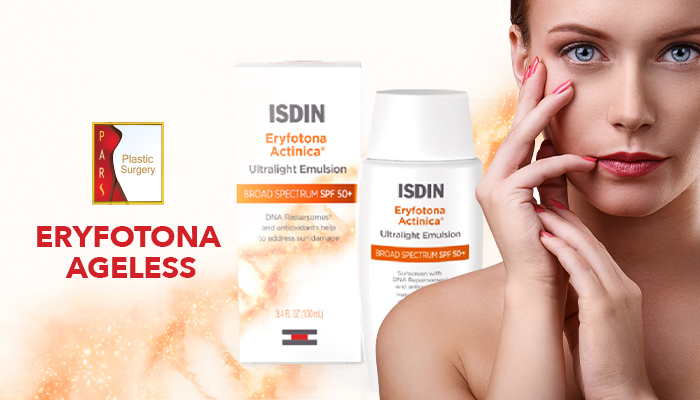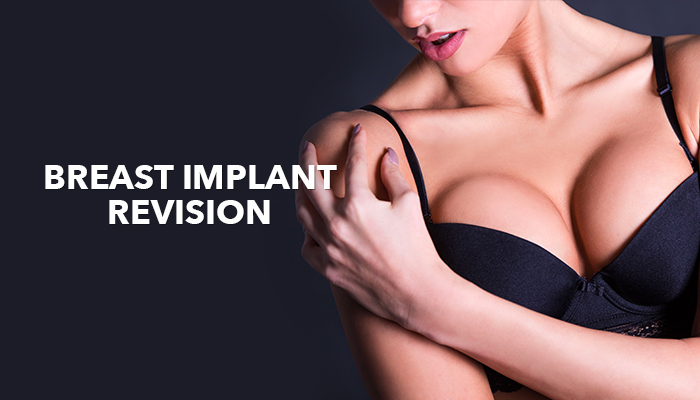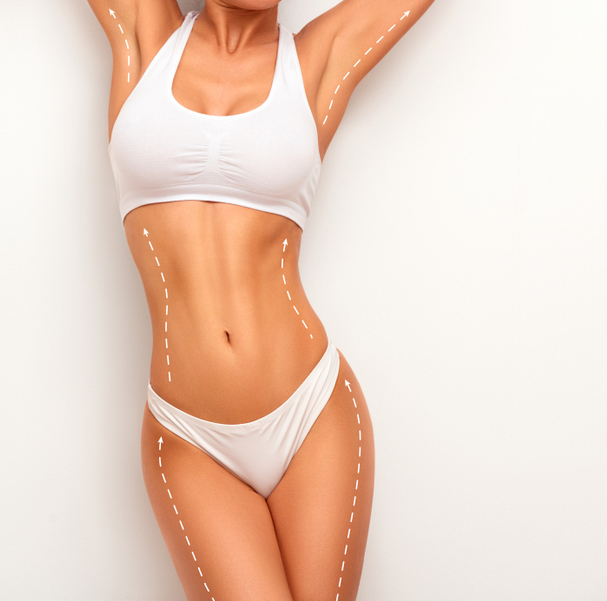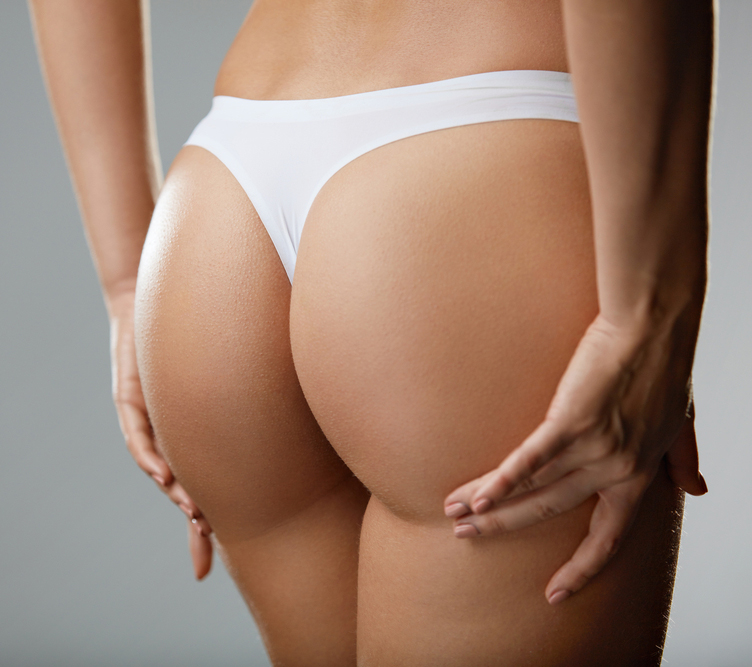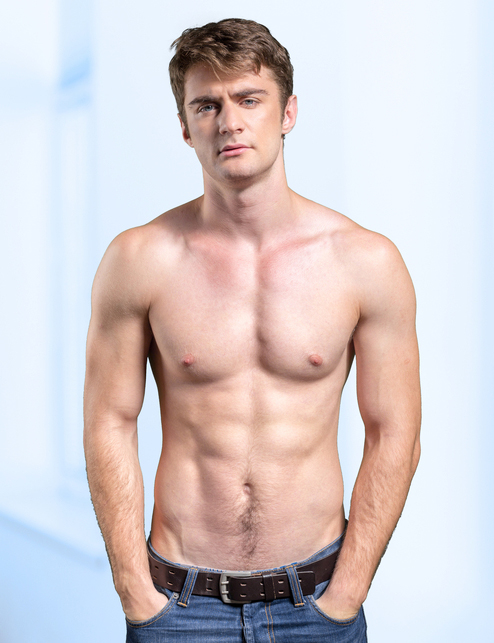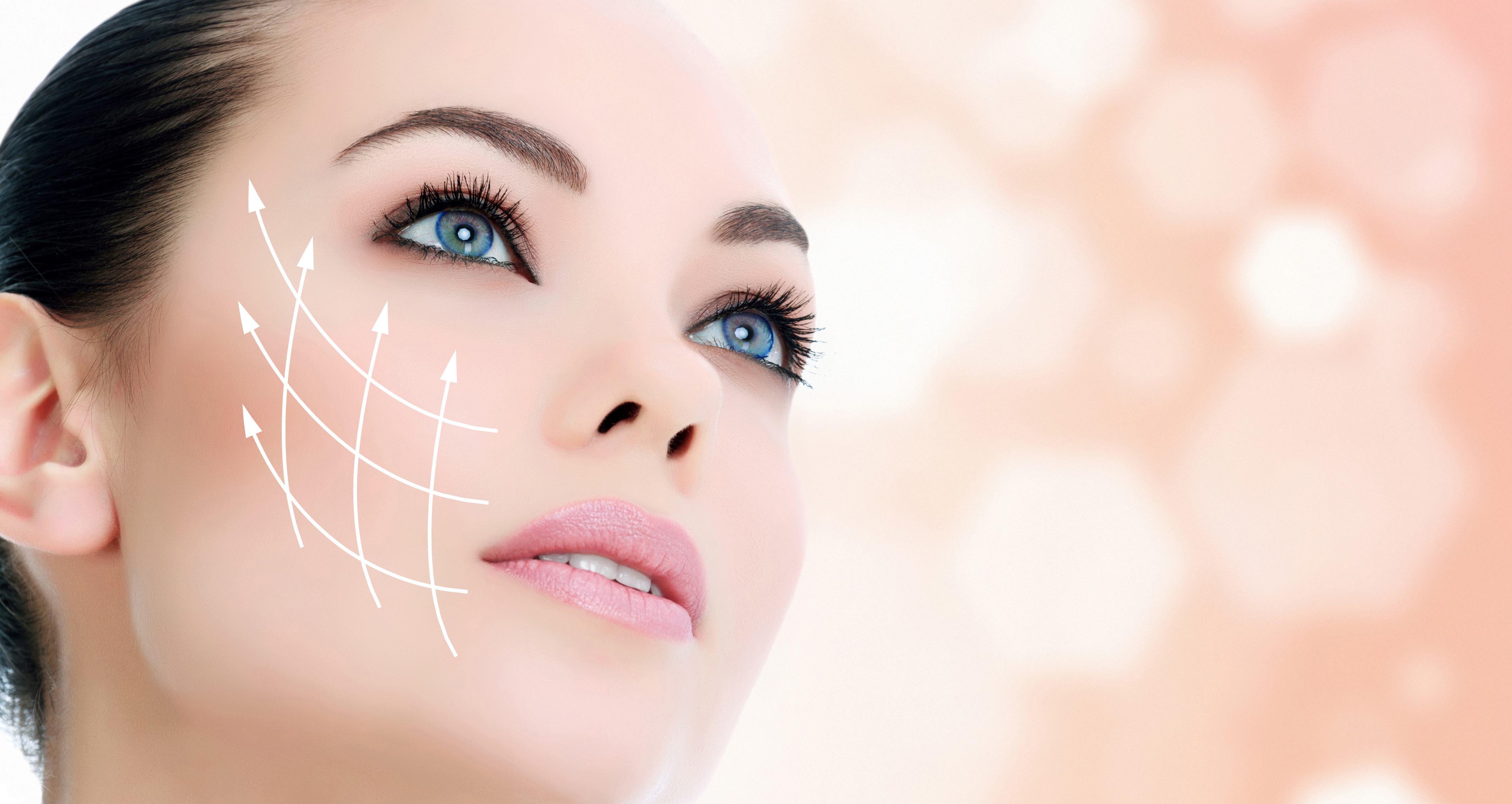
Also called “fat grafting,” “fat injection,” or “autologous fat transfer,” this cosmetic technique uses liposuction to remove fat from different areas when patients have an excess in certain parts of their bodies, such as in their thighs, belly, or buttocks. This fat is processed, turned into liquid, and transferred by injection into other parts of the body that lack volume (such as the hands, neck, face, breasts, or even buttocks), thus helping to add definition to these areas of the body.
However, researchers are not yet sure how successful this method will be over the long-term because it is a new procedure. Although in the past some doctors performed surgeries involving fat transfer, it was not until 2009 that the American Society of Plastic Surgeons accepted fat grafting as a safe method for increasing and correcting congenital defects or those associated with prior medical conditions.
Likewise, there are no large clinical studies about the procedure. Studies that have been done so far include less than 100 women and have been followed up by just 4 years or less. However, fat transfers are known to be biocompatible as the material comes from your own fat cells; this may help abolish the risk of allergic reaction, which can occur with the use of implants.
A study performed in 2007 by doctors from the UCLA Division of Plastic and Reconstructive Surgery verified a permanent volume gain of 76±11% of the injected fat, which was measured after 6 months. Some fat may be reabsorbed by the body over time, and the operated area may lose some volume. This is why some plastic surgeons may initially add more fat than the patient thinks they need.
When is it appropriate to consider fat transfer?
– Fat transfer is recommended for patients who have areas in the face that look creased and flat.
– When patients desire long-lasting results (compared with the results provided by dermal fillers).
– When patients wish to improve their body shape, correct scars, fill some body areas or rejuvenate their hands.
– For use in mammaplasty. By using this technique, the plastic surgeon may correct contour irregularities. Others use fat transfer to smooth the edges of breast implants.
If a patient is in good general health, knows the scope and limitations of the procedure, and has realistic expectations, they are a good candidate for this procedure.
What are the advantages?
– Using autologous fat, the injected tissue is the patient’s own tissue, so it reduces the probability of rejection or allergic reaction, which may occur with implants or chemical substances.
– The results of this procedure are more natural and long-lasting.
– The method that is used during fat transfer is noninvasive, and can be used in rejuvenation treatments.
– Fat is removed from an area where the patient doesn’t want it.
– Many women who have undergone this procedure say that their breast feels like their natural breast and that it conserves the same sensitivity.
What are the disadvantages?
– More time is spent preparing the extracted fat tissue, as this should be done before its re-injection to the receiving area (compared to prepackaged and industrialized dermal fillers).
– This procedure offers long-lasting results but is more expensive than dermal fillers.
– Patients may undergo several sessions (4 to 6) to achieve their desired results (when used for augmentation).
– Some of the fat tissue may die in the receiving area, which is called “necrosis.” It may have serious consequences.
How is the fat transfer procedure performed?
Fat transfer is a relatively simple process, performed in three steps: fat extraction, fat preparation, and fat re-injection.
During the consultation, the surgeon and patient will discuss what donor sites will be most suitable and desirable for fat removal. It is generally done under local anesthesia (depending on the size of the area to operate) though some doctors may also provide a sedative to fearful patients—but usually, this is not necessary.
This cosmetic procedure is usually performed in the doctor’s office and the patient can go home the same day. Avoid use of anticoagulants, such as aspirin or other anti-inflammatory drugs, at least 2 weeks before the procedure. Allergy testing is not necessary.
– Fat extraction: The first step of fat transfer consists of extracting the excessive fat tissue from the donor area by liposuction. Usually, the plastic surgeon uses the abdomen, buttocks, hips, calves, thighs, and even the jowls as donor sites, but this will depend on each patient. To collect the required amount of fat cells with minimal damage, only a very slight liposuction is performed. Special cannulas or hypodermic needles should be used to remove the fat from the donor site in order to avoid damaging the fat cells.
– Preparation and isolation of fat cells: This is a critical factor in improving clinical outcomes in fat transfer. When the plastic surgeon has collected the needed amount of fat, it is processed to separate the part that can be re-injected from contaminants or damaged fat cells. For the transfer of fat, only clean, intact fat cells without damage are used. This is to reduce the risk of inflammation, lipid cyst formation, and other complications.
In most cases, 25% or less of the extracted fat tissue is adequate for re-injection. Liposuction must have been done in at least two areas of the patient’s body, but preferably three areas.
– Fat re-injection: This cosmetic technique occurs when the fat cells are injected into the selected location (or locations) of the patient’s body. The surgeon will have marked all the sites where the injections will be performed, with the intention to improve the body’s contour.
The fat is transferred, over hundreds of injections with cannulas or hypodermic syringes, into several areas to achieve a higher and longer-lasting fat absorption rate. This procedure should be performed by an expert to achieve a natural appearance. The amount of fat injected varies in each area of the body.
Where are the areas in which fat transfer is mostly used?
– Facial fat transfer: If a patient has facial wrinkles—like laugh lines or crow’s feet—the extra fat tissue in some parts of the body can be used to fill some areas in the face. This procedure may be used to correct the scars caused by acne, and can fill flat areas of the face. The plastic surgeon can even use this fat to reduce visible nasolabial folds and minimize wrinkles.
– Lip augmentation: In this case, the plastic surgeon makes tiny incisions at one corner of the patient’s mouth. Then, the surgeon reinjects a small amount of processed fat from the donor site. The surgeon should be careful to place the appropriate amount of tissue in each lip (upper and lower) for a plumper, softer, and more natural effect than what is offered by commercial fillers.
– Breast augmentation: This is a good option for women who desire a less dramatic change in the size of their breasts. However, not all women are good candidates; the patient should have good skin elasticity and tone, and a good shape. When skin elasticity is lost, breasts become saggy, or the patient desires a dramatic size augmentation, this technique is not recommended. When a plastic surgeon only uses fat to achieve a breast augmentation, a significant amount of fat is required to obtain the desired result.
– Breast implants plus fat grafting: This technique is recommended for patients who desire to improve the results of their breast implant procedure. These techniques are combined to obtain an important increase in breast sizes, with a more natural look. Likewise, if the patient had a breast augmentation with implants, but the breasts have irregularities or changes in contour, they can be corrected with the fat grafting procedure, creating a smoother contour.
– Breast reconstruction with fat grafting: If the patient has breast asymmetry or alterations (such as the consequences of breast cancer), this technique may be used successfully. Fat grafting may be used even in patients that need a full breast reconstruction (in case of mastectomy); however, in most cases, the patient requires more than one session to achieve the adequate size.
– Buttock augmentation with fat grafting: Ideal for patients who want a fuller, curvier, rounder, and shapelier buttock—they can choose a “Brazilian butt lift.” In this technique, the fat transfer is used to improve the buttock shape, and implants are not used. Liposuction has a double function: sculpting the buttock and extracting the fat to be processed and re-injected. It is an exacting procedure.
– Hand rejuvenation with fat grafting: This method may be used in the hands to add volume, fill wrinkles or flat areas, and cover blood vessels and tendons (which have become visible with aging).
Other body parts may also be improved with fat grafting, such as the chest, hips, arms, and even calves. This technique can even reduce some types of scars, filling the surrounding area, thus creating a smooth, hard surface.
How much does a fat transfer cost?
A fat transfer procedure will vary greatly in terms of cost, but the surgery can range from $8,000 to $11,000. The reason for the lofty price range is because there are two procedures that have to be accounted for: liposuction and then the actual fat transfer process. The price is subjective until it is known how much fat is going to be removed, how many areas of the body will be used as donor sites, and where the new tissue will be placed.
What is the post-operative care?
The patient may go home after the procedure, but someone will have to drive them home and help them with household chores for 1 or 2 days. Patients should rest and consume a balanced diet, and should increase water and liquid intake to avoid constipation. Pain medication will be prescribed, but the patient cannot use aspirin or other anti-inflammatory drugs that are not approved by the surgeon. Drinking alcohol is prohibited during the first 3 weeks. Patients also shouldn’t smoke, as this can increase the risk of complications.
It is recommended that the patient take little walks as soon as possible after the procedure, as this will avoid blood clots and will reduce swelling in the treated area. The patient must use bandages or compression garments over the treated area, usually for 2 weeks or for the amount of time that the plastic surgeon advises. Sun exposure should be avoided, but if it is unavoidable, the patient should use a sunblock of SPF 30 or higher. The patient should take notice if any sign of infection appears. Usually, the patient experiences swelling for several weeks, but changes in the skin coloration resume before 48 hours.
When should the patient call their doctor?
If the patient has noticed an increase in bruising or swelling, or if swelling and redness persists after a couple of days, or if the patient is consuming painkillers and still feels pain, or in case of any allergic reaction to medications—the surgeon should be contacted right away. The surgeon should also be contacted if the patient has any thick liquid (pus) draining from the sutures or notices a different odor or excessive bleeding, or in case of loss of sensation or movement.
How long do the results last?
When performed by an experienced plastic surgeon, a fat transfer can result in an enhanced appearance that will last for years although some of the fat may be reabsorbed back into the body. There are modern techniques (like platelet-rich plasma) available to help lengthen the life of the transferred fat cells; when added to the transferred fat, it can increase cell survival—but this therapy is still being studied.
Over time, the patient’s body can continue to change due to aging and gravity, but they will be able to retain their new look longer if they maintain their weight and keep a healthy lifestyle. It is important to keep in mind that this fat can behave like any other fat in the patient’s body. If they gain weight, the fat may grow; if they lose weight, they may lose some of the added volume.
Dr. Amjadi MD, DDS, FACS
Certified by the American Board of Plastic Surgeons
915 Gessner Rd #870
Houston, TX 77024
713-465-6198




